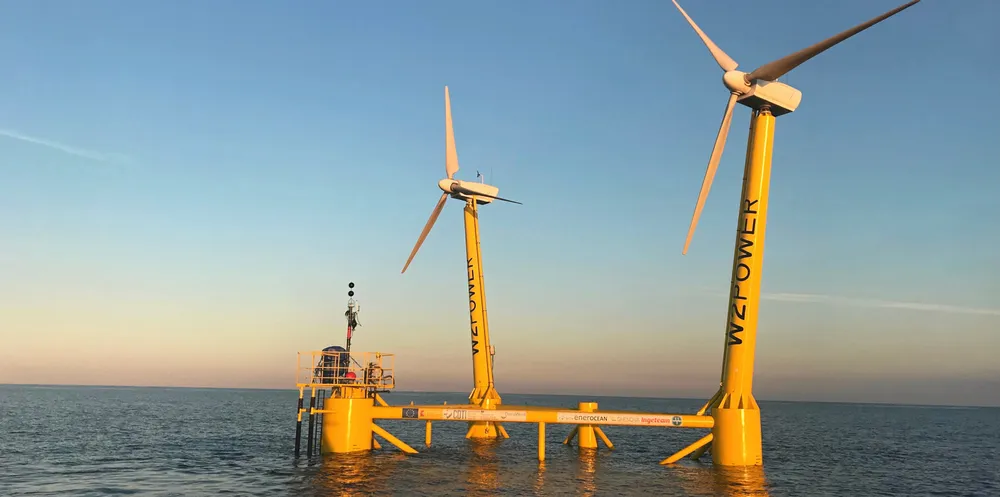'Crucial to our energy transition' | Twin-turbine floating wind pioneer gets Eni buy-in
Italian utility-owned Plenitude takes 25% stake in technology developer EnerOcean, which trialled its W2Power design off the Canary Islands in 2019

Italian utility-owned Plenitude takes 25% stake in technology developer EnerOcean, which trialled its W2Power design off the Canary Islands in 2019
